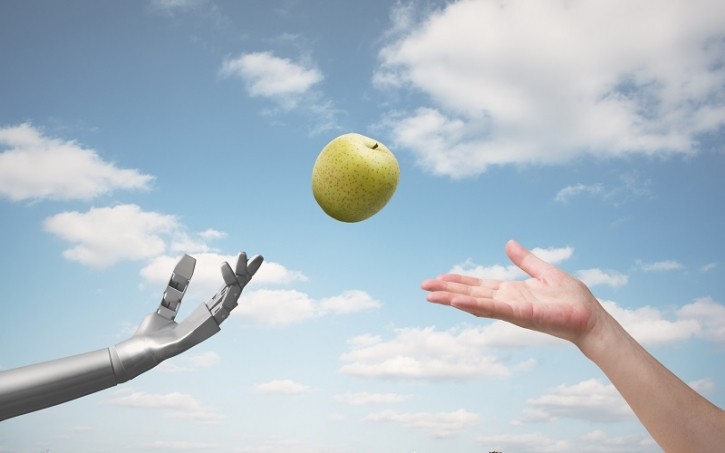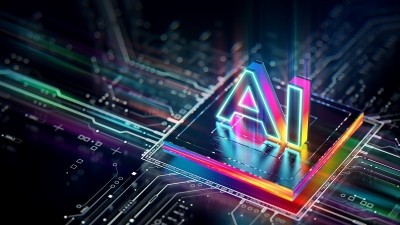FoodPairing shares how AI can speed up product development

“The main benefit of AI is you can go faster, you can rely on digital twins [or virtual consumers] to give you real-time feedback on the liking of new prototypes, new formulations, [and] virtual formulations, and it can actually cut your time to market by 30% to 50%. It can also lower the costs to launch, and it will help you to create better products,” Lahousse said.
Speeding consumer testing with digital twins
Companies already are releasing products created by AI, such as Coca-Cola's futuristic flavor that the company says tastes like the year 3000.
Companies also are solving product development challenges with AI, including a better understanding of market conditions, consumer preferences, regulatory impact, production costs, and more, Lahousse said.
Historically, consumer testing panels would require people to taste and rate prototypes in person. Now, with AI-generated digital twins, companies can model behaviors to see what the reaction would be in the market. FoodPairing AI has created 140,000 digital twins based on demographic, psychographic, and behavioral data that cover 30 main markets, including the US and Europe, he added.
“While in the real world, you're limited by having a consumer panel. Once you have a digital twin — a virtual consumer — you can actually provide a digital twin with more than 100,000 virtual recipes or analyze existing products or prototypes, and it instantly will validate the liking and the buying intent of the product.”
From flavor creation to concept generation: AI can help
AI can also help generate new concepts and identify areas of whitespace innovation, Lahousse said. Through its flavor database, FoodPairing can report the molecular makeup in a brief, which can speed up the process of creating the taste at a flavor house, he added.
FoodPairing’s AI features a tool that can generate ideal food pairings, which can then be used as the basis for a new product, he said. AI can also be used to generate marketing copy, product labels, and other assets through tools like DALL-E.
Despite its potential, AI needs stores of data to more accurately make predictions, which will require CPG companies to ensure that their data, which could include data in PDF market reports or Excel sheets, isn’t siloed to one system or inaccessible, he explained. "It can be siloed between marketing and R&D, but even in R&D, previous data from projects can be hidden," he added.
Editor's note: To learn more about AI's role in the industry, make sure to check out the "From Fields to Fermentation: How AI and digital transformation are evolving the food and beverage industry" session at the FoodNavigator-USA Futureproofing the Food System virtual summit. Register to the event here.







